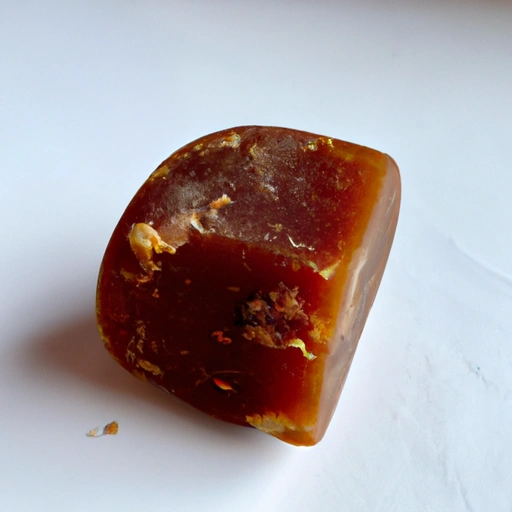Palm Sugar
Description

Palm sugar is a natural sweetener derived from the sap of various species of palm trees, such as the sugar date palm, coconut palm, or palmyra palm. It is known for its complex flavor profile, which can range from caramel-like and toasty to slightly smoky, depending on the production method and palm species. Palm sugar usually comes in paste or granulated form and varies in color from golden brown to dark brown. It is a popular ingredient in Southeast Asian cuisine and is gaining worldwide recognition for its unique taste and potential health benefits.
Common uses
In cooking and baking applications, palm sugar serves as a sweetener that can replace conventional granulated sugar, honey, or syrup. It is often used to sweeten desserts, sauces, curries, and beverages. Palm sugar also plays a crucial role in various cultural and religious ceremonies across Asia, where it is offered as a traditional gift or used in festival treats.
Nutritional value
Calories
Per teaspoon (4 grams), palm sugar contains approximately 15 calories.
Protein
Palm sugar provides a negligible amount of protein.
Fat
This sweetener contains minimal fat content.
Carbohydrates
Each teaspoon of palm sugar contains roughly 4 grams of carbohydrates, predominantly in the form of sucrose.
Vitamins
While it is not a significant source of vitamins, palm sugar contains small amounts of B vitamins.
Minerals
Palm sugar is rich in certain minerals, including potassium, phosphorus, zinc, iron, manganese, and copper, when compared to regular white sugar.
Health benefits
Compared to white sugar, palm sugar has a lower glycemic index, which may lead to a less immediate spike in blood sugar levels. The presence of minerals and antioxidants in palm sugar also contributes to its nutritional profile, potentially offering some health advantages over more refined sugars.
Potential risks
Despite its nutrients, palm sugar is still a form of sugar and should be consumed in moderation. Overconsumption can lead to the same health risks associated with high sugar intake, such as weight gain, diabetes, and heart disease.
Common recipes
Palm sugar is frequently used in Southeast Asian dishes like Thai curries, Indonesian sambal, and Filipino adobo. It's also common in desserts like Thai sticky rice with mango or Indonesian kolak.
Cooking methods
Palm sugar can be melted into syrups, dissolved into liquids, or integrated directly into batters and doughs. It melts at a lower temperature than granulated sugar, which should be considered when used in cooking and baking.
Pairing with other ingredients
This sweetener pairs well with tropical fruits, coconut milk, and spices like cinnamon, cardamom, and nutmeg. It also complements savory ingredients like tamarind, lemongrass, and ginger.
Summary
Palm sugar is a versatile and flavorful natural sweetener with a rich history in Southeast Asian cuisine. Its distinct taste and nutritional content make it a popular alternative to refined sugars in both sweet and savory dishes. While it offers some health benefits, it should be consumed in moderation due to its sugar content.